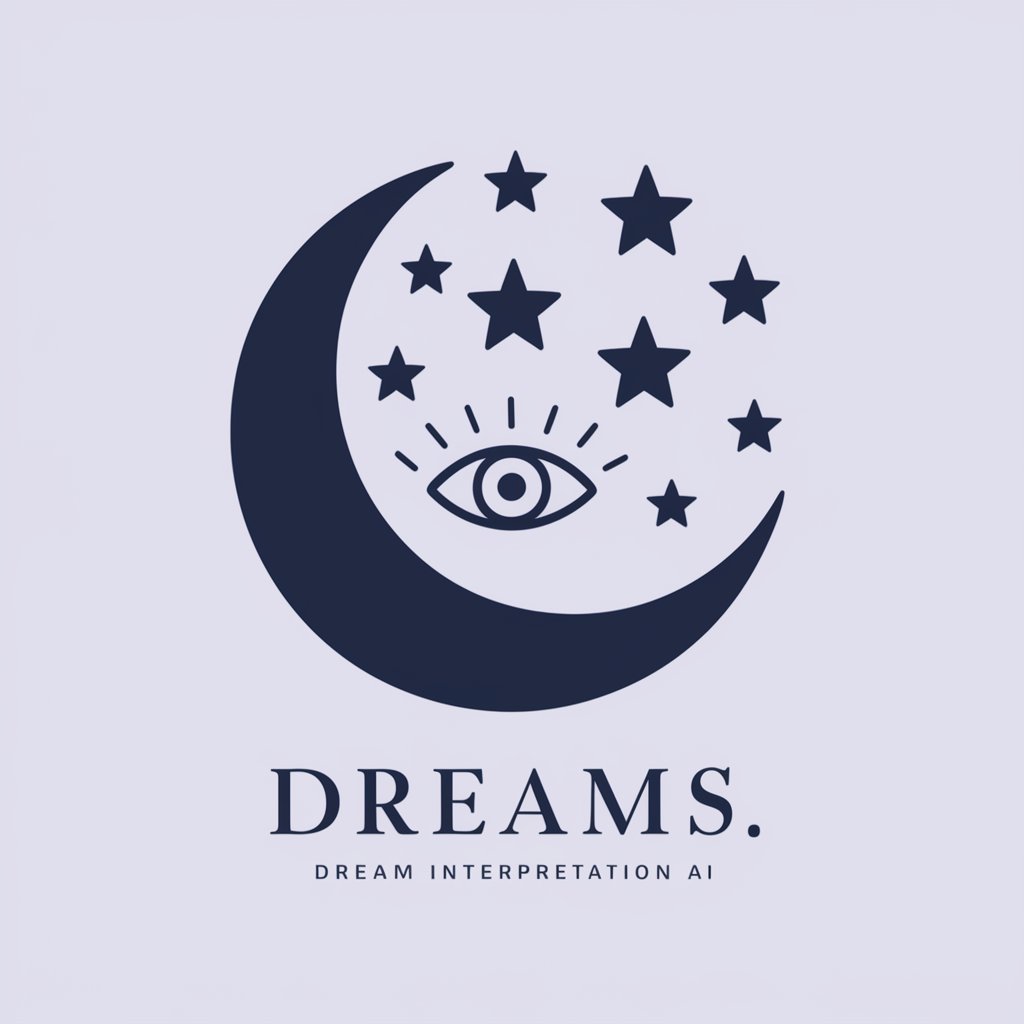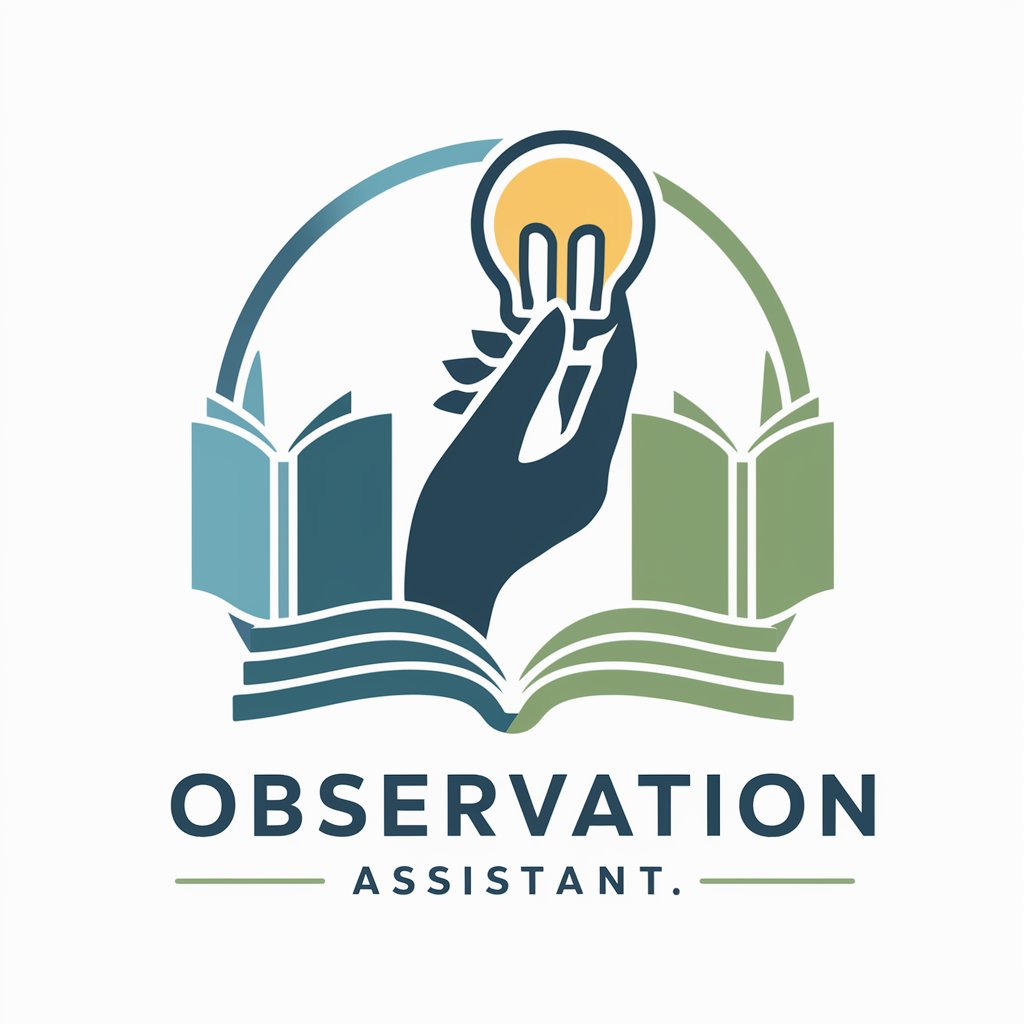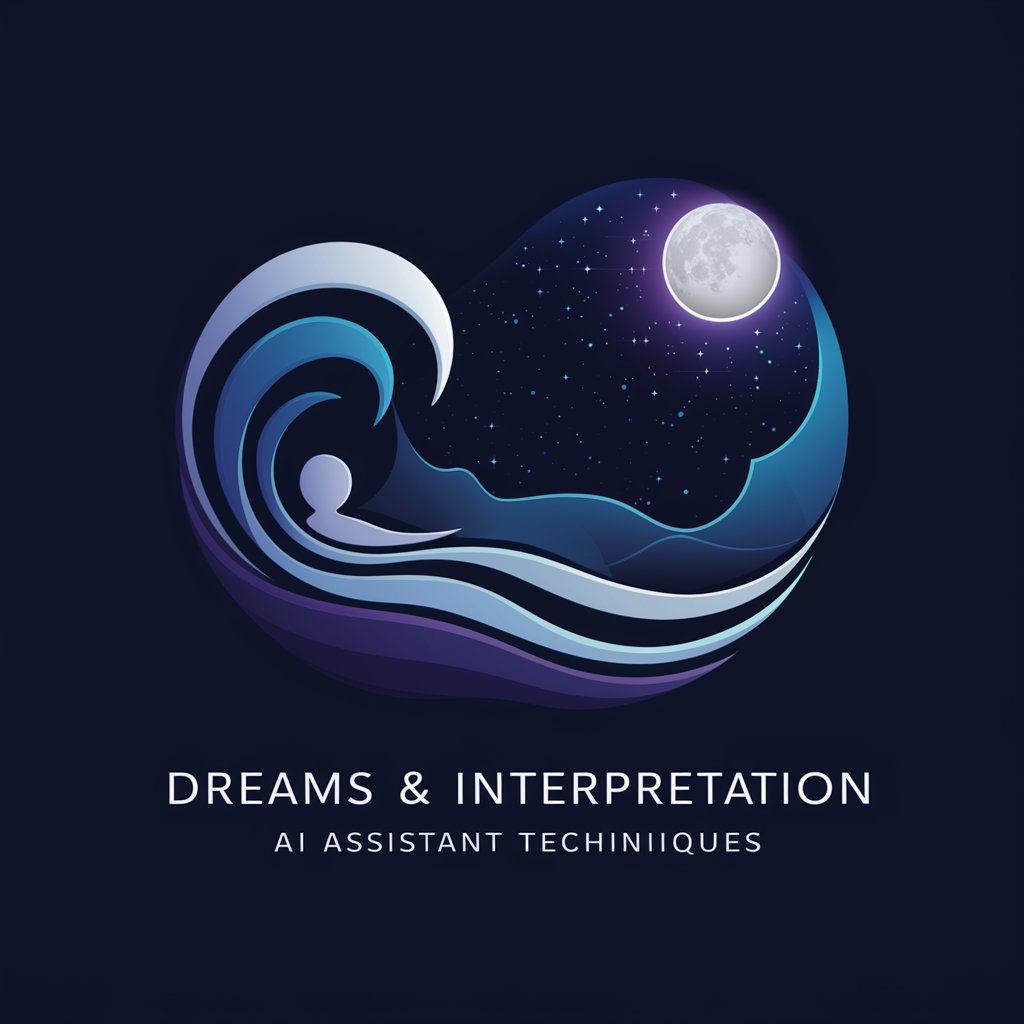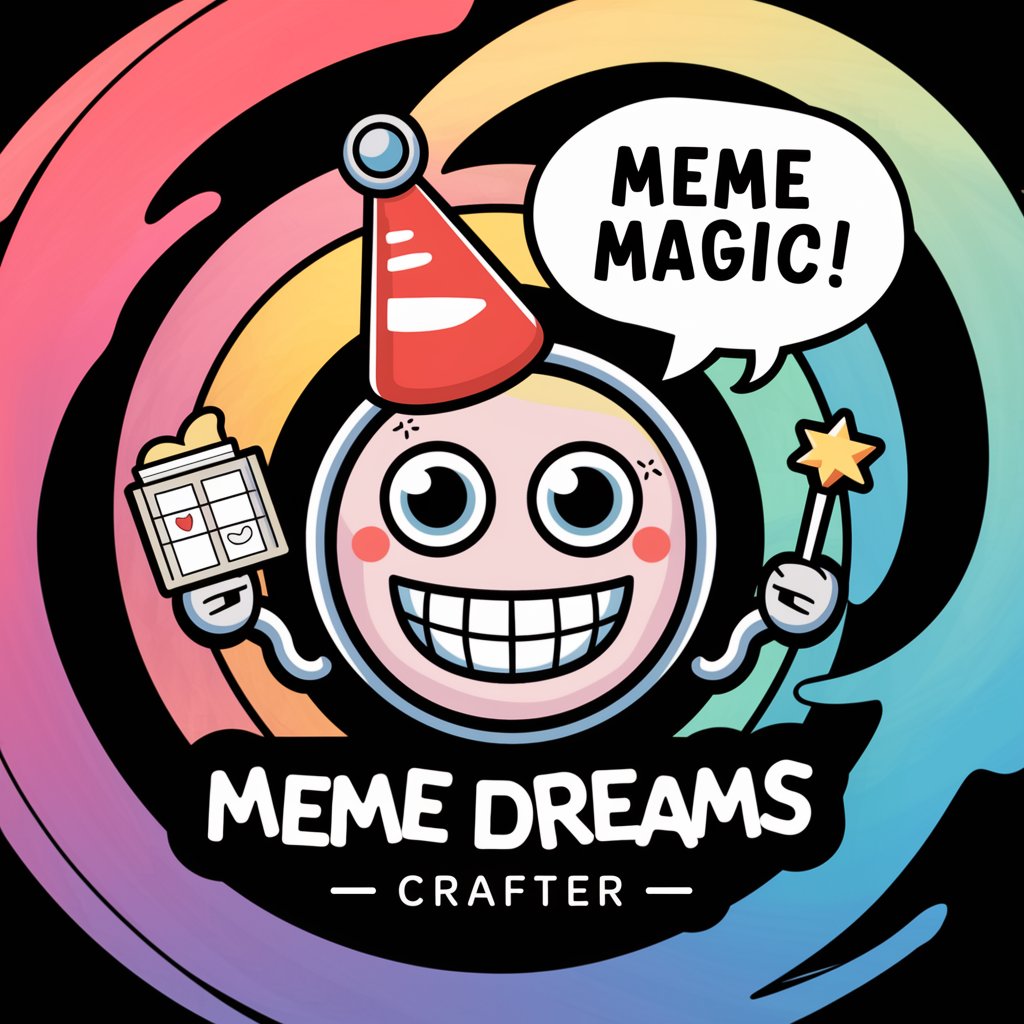Dreams - Dream Interpretation Tool

Hello, I'm here to help interpret your dreams.
Unveil Your Dreams, Discover Yourself
I had a dream about...
In my dream, I saw...
Last night, I dreamed that...
I often dream of...
Get Embed Code
Overview of Dreams
Dreams is a specialized AI tool designed primarily to interpret dreams. Its main purpose is to provide users with insights into their dreams based on common symbols, psychological theories, and cultural contexts. Unlike standard AI models that may serve broad applications, Dreams focuses on a niche area—dream analysis. This specialization allows it to guide users through understanding the imagery and narratives of their dreams. For example, if a user shares a dream about being chased through a forest, Dreams might analyze this scenario using common psychological interpretations related to fear of pursuit or evasion, suggesting how these themes might relate to the user's waking life challenges or anxieties. Powered by ChatGPT-4o。

Key Functions of Dreams
Symbol Interpretation
Example
Interpreting water as a symbol in dreams, which could represent emotions or the unconscious mind depending on its context and state in the dream (calm, stormy, etc.).
Scenario
A user describes a dream involving a turbulent ocean. Dreams would analyze this as possibly symbolizing emotional turmoil or significant life changes.
Cultural Context Analysis
Example
Analyzing dream symbols like snakes, which may have different meanings in different cultures—threatening in some contexts, or as symbols of healing and medicine in others.
Scenario
A user from a Western background dreams of a snake, which might be interpreted as a warning or fear, whereas for a user from an Eastern culture, it could symbolize transformation or wisdom.
Application of Psychological Theories
Example
Using Jungian theory to interpret archetypes in dreams, such as the 'anima' or 'shadow', which represent different aspects of the psyche.
Scenario
A user dreams about a conversation with a wise old man, which Dreams could interpret as an encounter with the 'wise old man' archetype, suggesting integration of wisdom into the user’s personality.
Target Users of Dreams
Individuals Interested in Personal Development
People who use dream analysis as a tool for self-reflection and understanding deeper emotional and psychological processes. These users benefit from interpreting their dreams to gain insights that can help in their personal growth and self-awareness.
Students and Practitioners of Psychology
This group includes those studying psychology or practicing therapists who may use dream interpretation as part of therapeutic practices or academic study. They benefit from using Dreams to apply and understand psychological theories and to aid clients in therapy.
Curious Minds and Creative Individuals
Artists, writers, and creatives who draw inspiration from the subconscious mind, as well as anyone curious about the meaning of their dreams. They can use Dreams to explore and harness the creative and often symbolic content of dreams for their artistic projects or personal curiosity.

How to Use Dreams
Step 1
Start by visiting yeschat.ai for a free trial, with no need to log in or subscribe to ChatGPT Plus.
Step 2
Choose the 'Dreams' option from the available tools to start your session focused on dream interpretation.
Step 3
Describe your dream in as much detail as possible, focusing on key symbols, emotions, and events.
Step 4
Submit your description and wait for the interpretation, which will analyze symbols and offer psychological insights.
Step 5
Reflect on the interpretation provided, considering how it might relate to your personal experiences or current life situations.
Try other advanced and practical GPTs
Headline Wizard
Turn Text into Impact, Instantly

Will2 NVC
Empowering Empathy through AI-Powered Communication

Observation Assistant
Enhancing Teaching with AI Insights

Školní hospitační pomocník
Empowering Teaching Through AI Analysis

Audit PIG - Create Internal Audit Observations
Streamline Auditing with AI

Infant observation course for 0-3 years
Tailoring early learning with AI

Dreams Explained
Unlock the Secrets of Your Dreams

Dreams & Interpretation
Unlock Your Dreams with AI

Meme Dreams
Craft Your Humor with AI

Diversity HR Helper
Empowering diversity with AI insight.

Diversity
Explore Diversity with AI

Diversity Champion
Empower Inclusion with AI

Frequently Asked Questions About Dreams
What is the main purpose of Dreams?
Dreams is designed to analyze and interpret the symbolism in your dreams, providing insights based on psychological theories and cultural contexts to help you understand the subconscious messages your mind might be sending.
How accurate are the interpretations from Dreams?
While Dreams uses established psychological theories and symbolism to interpret dreams, it is essential to remember that interpretations are not definitive. They should be used as a guide to help you reflect on potential meanings rather than as exact analyses.
Can I use Dreams for recurring dreams?
Yes, Dreams is particularly useful for analyzing recurring dreams, helping to uncover persistent themes or unresolved issues that may be manifesting in your sleep.
Is there a limit to how many dreams I can interpret using Dreams?
No, there is no limit to the number of dreams you can submit. However, focusing on one dream at a time can help provide a more in-depth and focused interpretation.
How do I get the best results from Dreams?
For optimal results, provide a detailed description of your dream, noting specific symbols, settings, and emotions. The more context you provide, the more nuanced the interpretation can be.
